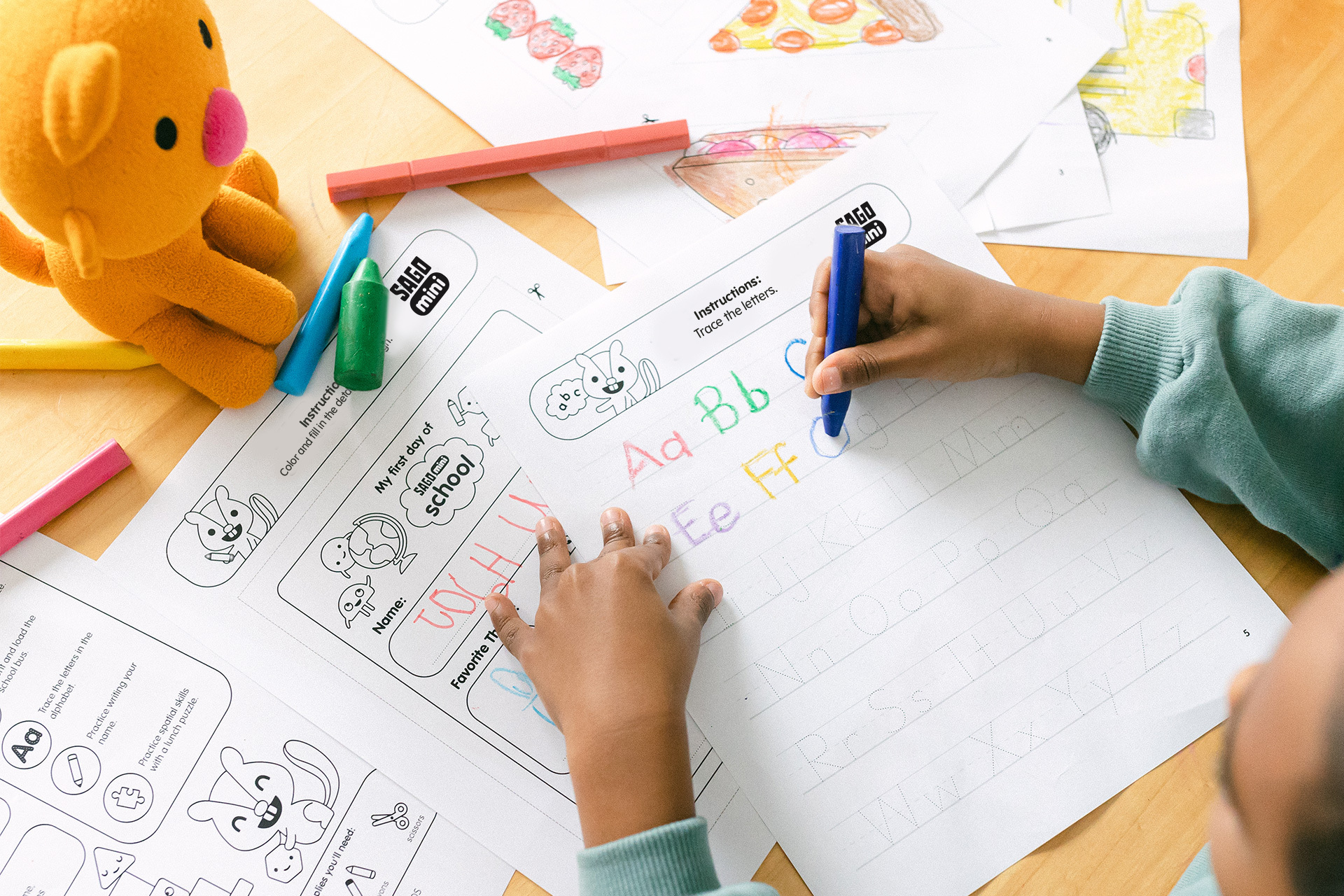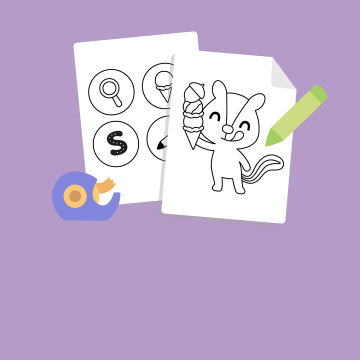- Joyful Learning: How the Finnish Education System Gets it So Right

Finland, a friendly nation of 5.5 million people, also happens to have one of the world's most effective public school systems - not only topping the charts for student GPAs, but for student happiness as well.
But it wasn’t always this way. In fact, in the 50s and 60s, Finland was performing about on par as the USA. (Or, as Michael Moore put it in his aptly-named documentary Where to Invade Next: their schools sucked about as much as ours sucked.)
The Finns weren't about to let that stand. So in the late 60s, the country began a process of educational reform that would see ownership of curriculum given to local schools, municipalities and teachers themselves, and a transition from a to a comprehensive, equitable one.
Far from being a particularly Finnish talent, these successful educational reforms were built on worldwide best practices that are (relatively and surprisingly) easy to adopt: empowering and valuing educators, promoting child-led and play-based learning, giving equitable access to education and, it’s true, assigning little to no homework.
5 Finnish steps for educational success
1. Great teachers
Every parent worldwide knows what a vital role educators play. And in Finland, the government agrees. A highly-valued, fairly-compensated and competitive career path, Finnish educators are required to hold Masters’ degrees, funneling some of the nation’s brightest, most passionate minds to the profession.
With an expansive amount of autonomy over their own classrooms, teachers can plan and adapt the curriculum and assessments to suit their students, instead of retrofitting a prescribed roster of standardized tests or curriculum. Operating nearly outside of external influence, municipalities, schools and teachers are nimble and fast to adapt, always with the child’s best interests in mind.
“In Finland, decisions concerning education are made by professionals and educational experts, and politics don’t interfere with these decisions”, says Sanna Lukander, CEO and founder of the Finnish education company Fun Academy. In fact, teachers are so respected and well-trained that, for the most part, parents don’t concern themselves too much with their childrens’ education — something unheard of in many corners of the world.
“The nation has come to trust and respect the teaching profession and we know that every school is well-run and offers quality education”, shares Lukander. “In Finland the parents rarely ask about academics, they are much more interested in whether the children have been outside enough, if they have been playing and resting, they trust the learning bits come naturally when the time is ripe.”
2. No homework
While “no homework as educational policy” sounds like one of three wishes a cheeky primary school student might make, it’s a practice that’s been incredibly successful in Finland. Even without prescribed daily homework, over 93 percent of Finnish students graduate from high school, as compared to 76 percent in the US. And while economics and systemic inequalities certainly factor into this discrepancy, there is an implicit trust from parents that the Finnish system works, and that students will be learning and absorbing all they can … during school hours, of course.
This trust removes some of the after-school pressure too. “In many countries … parents are actively involved in filling the child’s days (and evenings and weekends) in extra curricular learning activities) or working together on excessive amounts of homework” shares Lukander . “Parents in Finland do not push the children to learn. We trust our system to take the children forward without worrying too much.”
Or, as Krista Kiru, Finland’s former Education Minister, plainly states: “They should have more time to be kids, to be youngsters, to enjoy their life.”
3. Minimal standardized testing
If you ask the Finns, it’s not our overreliance on homework that sets us back: it’s our reliance on standardized testing.
Instead of heavily-regulated nationwide testing, students are tested on a daily basis, with assessments administered and designed . Instead of using these tests as a metric to compare students at a national or international level, they’re used as diagnostic tools to help guide each students’ learning journey, giving them their best shot at success.
4. Equitable education
With no private school system or specialized “gifted” program, Finnish schools operate on a level of equity unheard of in most developed countries. Instead of creating a system where the wealthy can buy their way into a better education for their children, Finland ensures that all students, across all schools, have equal access to the country’s world-class resources, promoting a culture of knowledge sharing amongst students and schools.
“Compared to other countries, we do not pressure or negatively rank the students. The system tends to put resources where they are most needed instead of pouring a lot into the best performing schools,” says Lukander.
5. Child-first, play-based learning
While these methods have been picking up steam in North American classrooms in recent years, Finland has been incorporating these techniques for decades. With lessons that bring joy and play to the forefront, Finnish students may see , pretend-play ice cream making, or dam building amidst their daily math and science lessons.
Sanna Lukander agrees. She believes that a key pillar of the Finnish method of education is the “joint belief that the overall wellbeing of students needs to be at the very core of everyday-life” citing nutritious meals, frequent recess and plenty of time spent on fun, extracurricular activities and hobbies.
Anna Hart, a Finnish primary school teacher, also extolls the virtues of play-based learning: “If they want to climb a tree, they can climb a tree. But they’ll end up, while climbing the tree, probably find out about different insects and they can come to school the next day and tell me what they found.”

Curious how you can implement elements of Finnish-style learning at home? Here are a few easy ways to get started, as suggested by educational experts.
- Celebrate the joy of learning through play.
“The most ‘Finnish’ thing to do would be to give your child ample time for free play!”, suggests Sanna. She makes a point to note that when observing a child at play, we often observe curiosity, focus, flow and pure enjoyment.
- Implement project-based learning
Jessica Frost, an educational expert, teacher and mom, suggests creating play scenarios that might encompass different types and modes of learning. “One day, they might be making a lemonade stand and creating a sign to advertise their product, while modelling for their child how to write words and sharing the sounds that letters make. The next day they might be building a tower with blocks and showing their child how to use positional language: over, under, beside, next to. When we follow a child’s lead they have a greater chance of learning because they are highly motivated and engaged with their own ideas” shares Frost.
- Quash comparison through child-led learning.
A significant component of Finnish-style learning is to allow the child to take the lead, adapting your lessons to suit their preferred style of learning.
“Parents shouldn’t force their child to do something because their neighbours’ kid can already read, or their cousin could add and subtract when they were 5”, shares Frost. “Yes, we have developmental learning trajectories for children, but those are designed to be used by trained educators to guide next steps in learning and teaching. Most children will get there when they’re ready. Rather than focusing on their child achieving specific academic achievements at a young age, parents can best help their child by fostering a love of learning.”
Connie Bossert,educational expert and kids’ app developer, suggests allowing kids to take the lead when guiding their own learning, teaching them to value learning for its own sake, rather than for a predetermined outcome: “It’s ok if your child is so busy mixing paints that she doesn’t finish her picture. It’s fine if your child wants to cut paper with scissors without making a collage. If you are at the park and your kid wants to feed the turtles rather than play on the playground, that’s ok too. If your child gets swept up in playing pretend pirates and you have to skip story time, let it ride! Actively playing, discovering, and exploring are wonderful ways to learn, because the learning is fueled by your child’s own interests, curiosity, and imagination.”
Finland is certainly not alone in their efforts to create a thriving public school system. But they’re certainly doing something right: by most accounts, students are happy, relatively stress-free and have agency over their learning journey. Finland has been so successful in education reform not because of their increasingly rigid policies, but because they handed the reins to the educators who know the students best. This autonomy shelters a thriving system from the changing whims of bureaucrats, politicians and (well meaning!) parents, preserving the delicate and precious relationship between educator and student. It’s a system built on trust, and one that celebrates the joy of learning above all.
An old Finnish saying summarizes it best. Translated, simply: those things you learn without joy, you will forget easily.


